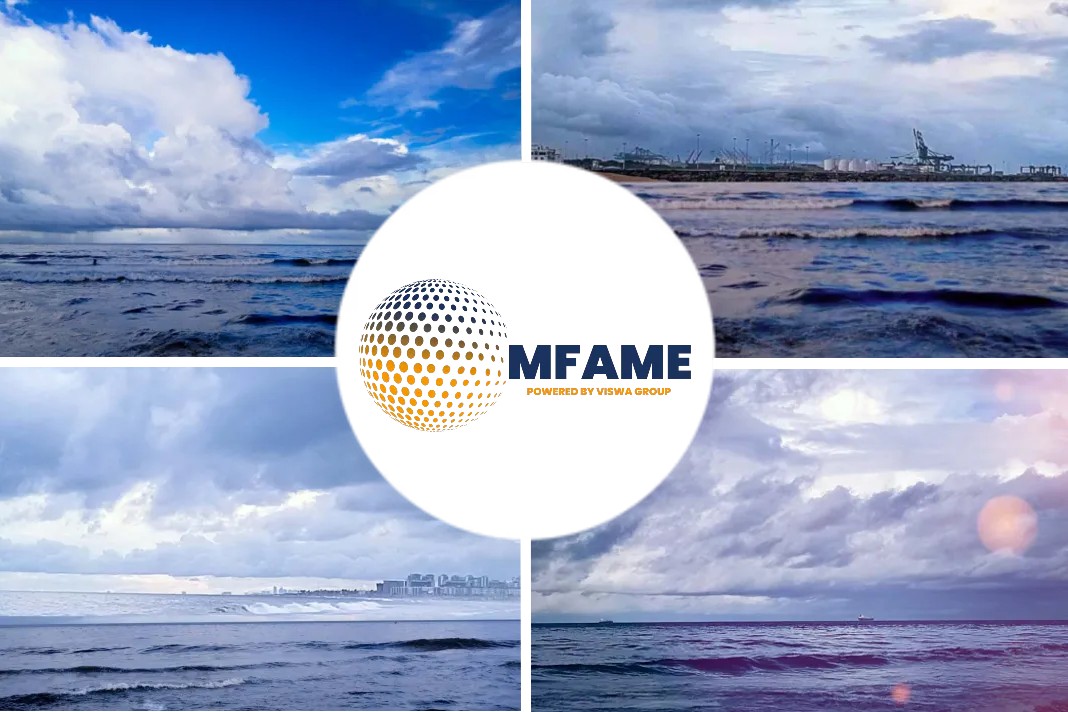Newport Shipping developed innovative liquefied natural gas (LNG) fuel tank system for crude tankers and bulkers gains a key preliminary class approval to facilitate retrofits of such vessels in line with new environmental requirements to cut maritime emissions, says an article published in Marine Insight.
About the AiP from DNV
The approval-in-principle (AIP) from classification society DNV affirms the technical feasibility of the concept for the VLCC and Capesize vessel classes, and paves the way for it to be implemented in design work on retrofits by the UK-based ship repair and retrofitting group.
Significant LNG milestone
This marks a significant milestone for Newport Shipping, positioning it to take a leading role in the rapidly emerging market to adapt vessel fuel systems for LNG that has seen only a few such retrofits globally to date.
LNG switch
“LNG is one of the cleanest transition fuels currently available globally and can be used with minimum modifications to a ship,” said Newport Shipping’s managing director Lianghui Xia. “CO2 emissions can be reduced by between 20% and 30% just by switching to LNG without installing any other equipment.”
Benefits from LNG
Apart from environmental gains, there are also significant cost benefits as LNG is much cheaper than most fuels and there is already a worldwide bunkering network in place offering this fuel at competitive prices, he pointed out.
No major modification
Deck-mounted LNG tank concept
Newport Shipping’s concept is based on deck-mounted LNG tanks that can be installed without major modifications to the vessel hull, thereby reducing installation costs, as part of a retrofit solution using a dual-fuel engine that would also be suitable for future use of carbon-neutral methane such as bio-LNG.
Tank capacity
Tank capacity, which is based on a typical ship profile and operating route, is sufficient for a single voyage prior to refuelling.
Alternative fuel
Conversion of the existing global merchant shipping fleet of around 100,000 vessels for use of alternative fuels is no longer an option, but an economic necessity for shipowners as reducing emissions will be a rite of passage for trading in a low-carbon shipping future.
IMO set GHG goal
The IMO has set a goal to halve greenhouse gas emissions from international shipping of nearly 1 billion tonnes per annum, and reduce carbon intensity towards 70% of 2008 levels, by 2050.
Furthermore, the new Energy Efficiency Existing Ship Index (EEXI) will require all existing cargo vessels to meet stricter class limits on emissions for annual surveys performed from 1 January 2023.
Global and regional regulations
In addition to global and regional regulations, there is increasing market pressure from charterers and banks for decarbonisation as a condition of cargo contracts and ship finance.
Concept to cut emission
Xia believes Newport Shipping’s concept offers “a practical and cost-efficient solution” to cut fleet emissions in the near term pending adoption of technologies for carbon-neutral fuels such as ammonia and hydrogen, as well as battery technology, that are still some way off commercial realisation.
Did you subscribe to our daily newsletter?
It’s Free! Click here to Subscribe!
Source: Marine Insight


























